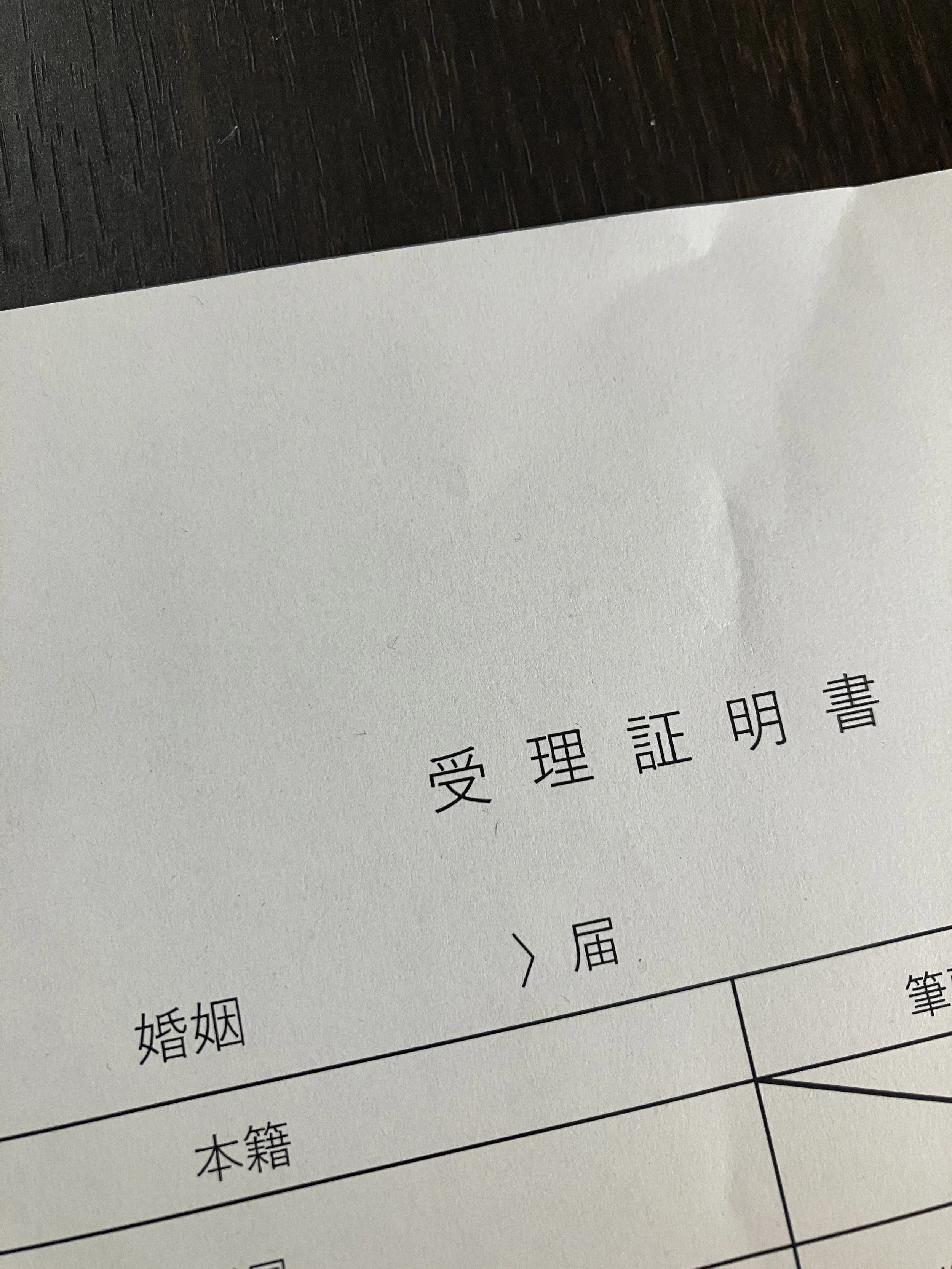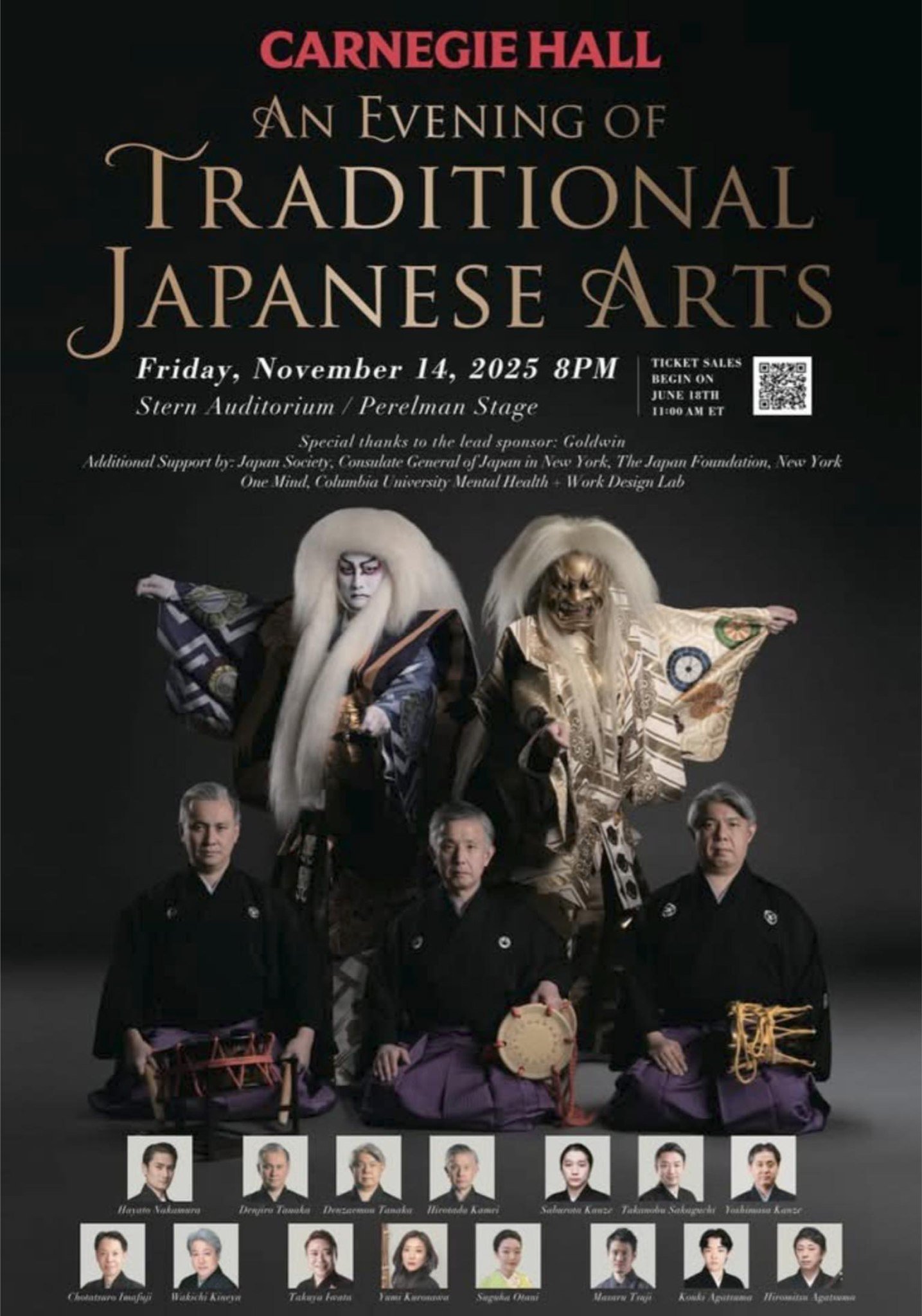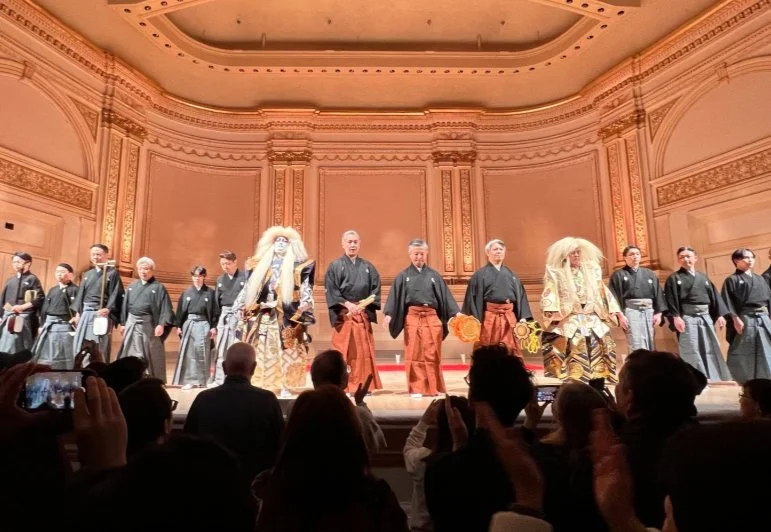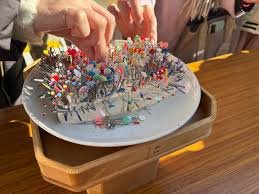While I have not being doing so much this past month, there was one big event that happened in my life. On November 24th, me and my partner of 6+ years got married! We had been talking about it for quite a long time and decided to finally do it. I have had a lot of questions from students about it, though our approach has been very casual.
We are not having a wedding ceremony, so we only needed to go down to city hall and hand in our documents. We also have been living together for over two years, so nothing has really changed in our home life so far. We hope to go on a honeymoon sometime too. Both of us would like to visit northern Europe. We also plan to take some wedding photos, but we will wait until a warmer season to get them taken.
For now, I just want to continue enjoying our time together while looking forward to our future together. Sadly, right now I do not have any good pictures to share, but I should sometime in the future!
The east side of Shizuoka, as seen from the top of Mt. Fuji. Izu Peninsula lies in the background.
Throughout my many years in Japan, I’ve always enjoyed exploring new prefectures and regions. I have a short list of important travel destinations that I’d like to see within the next few years – most notably Niigata and the northern parts of Hokkaido. But this winter vacation, I’ll be checking a fairly big one off the list: Shizuoka.
Well, ok. Actually, I’ve been to Atami before. And technically, I think I crossed into Shizuoka Prefecture somewhere at the top of Mt. Fuji. But Shizuoka City is, I assume, a totally different thing. Besides, I’m also going to Izu Peninsula, which has its own set of sights and activities.
So, friends and NEO students out there: have you been to Shizuoka/Izu? Right now, I have no plan beyond “rent a car and try to catch a nice view of Fuji.” I’m open to suggestions!
Carnegie Hall is a very famous concert hall in New York City. It was built in 1891, and many musicians want to perform there someday.
There is a popular English joke about Carnegie Hall:
“How do you get to Carnegie Hall?”
“Practice, practice, practice.”
People expect the answer to give directions, but it does not. It means that if you want to perform at Carnegie Hall, you must practice a lot and become very good.
One of our students recently went to New York. Her husband is a Noh actor, and he joined a special performance at Carnegie Hall. The show introduced traditional Japanese theater and music to the American audience.
After she came back to Japan, she told me that the theater was full and the performance was a big success. She also showed me a notebook she bought at the gift shop. The front said “Carnegie Hall,” and the back said “practice practice practice.” Many other items in the shop had the same phrase.
It was nice to see that this old joke is still famous and connected to Carnegie Hall today.
車を運転しているときは出来るだけラジオを聴くようにしています。テレビだってもう民放は観ずオンデマンドで好きなものだけが見られるようになってしまい、他の人と共有するトピックがあまりない時代になりました。本当は運転中だってSpolifyみたいなものを聴けばこれまた自分の好きな音楽だけを聴けるのですが、そうするといよいよ世の中のことに疎くなってしまう。ラジオであれば興味のない内容であっても耳に入ってくるからいいのです。下らない内容には「下らん~」と言いながら運転している私です。
今日は、私が知りもしない男子アイドル二人がカレンダーに基づいて、今日が一体何の日なのかちょっとした豆知識を紹介していたコーナーがありました。そうかそうか、今日は12月8日だ。真珠湾攻撃の日だ。それを言うのかと思いきや、なんと今日は「針供養の日」だそうな。針供養は西日本と東日本で日が違うらしく12月8日は西、2月8日が東。豆腐や蒟蒻など軟らかいものに古くなった針を刺して供養をしたらしい。針供養の画像が遠目にみるとクリスマスケーキのようです。
なぜにこんにゃく???そしてそれをその後どうするんだ?気になって調べたところ、昔はその豆腐や蒟蒻を土の中へ埋めたり川へ流したそうな。お裁縫、編み物すべてダメな私は、昔に生まれていたら家事のできない使えないオンナで、三行半をつきつけられていたかもしれません。現代に生れさせてくれてありがとう!
This past Monday, I was able to get away for a brief leaf-peeping excursion in Soja. I ended up in Gokei Valley for the first time, and I was not disappointed. The colors were incredible, and I now understand why that place has a reputation among the locals.
Of course, it wasn’t fun waiting for a parking spot to open up on that narrow road. But at least there is a parking lot, and the traffic was being managed about as well as you could expect. Anyway, it was worth the wait, as you can see.
Bonus picture of Sanjuro at Bitchu-Matsuyama Castle. He popped out of his window to say goodbye at the end of the day!












